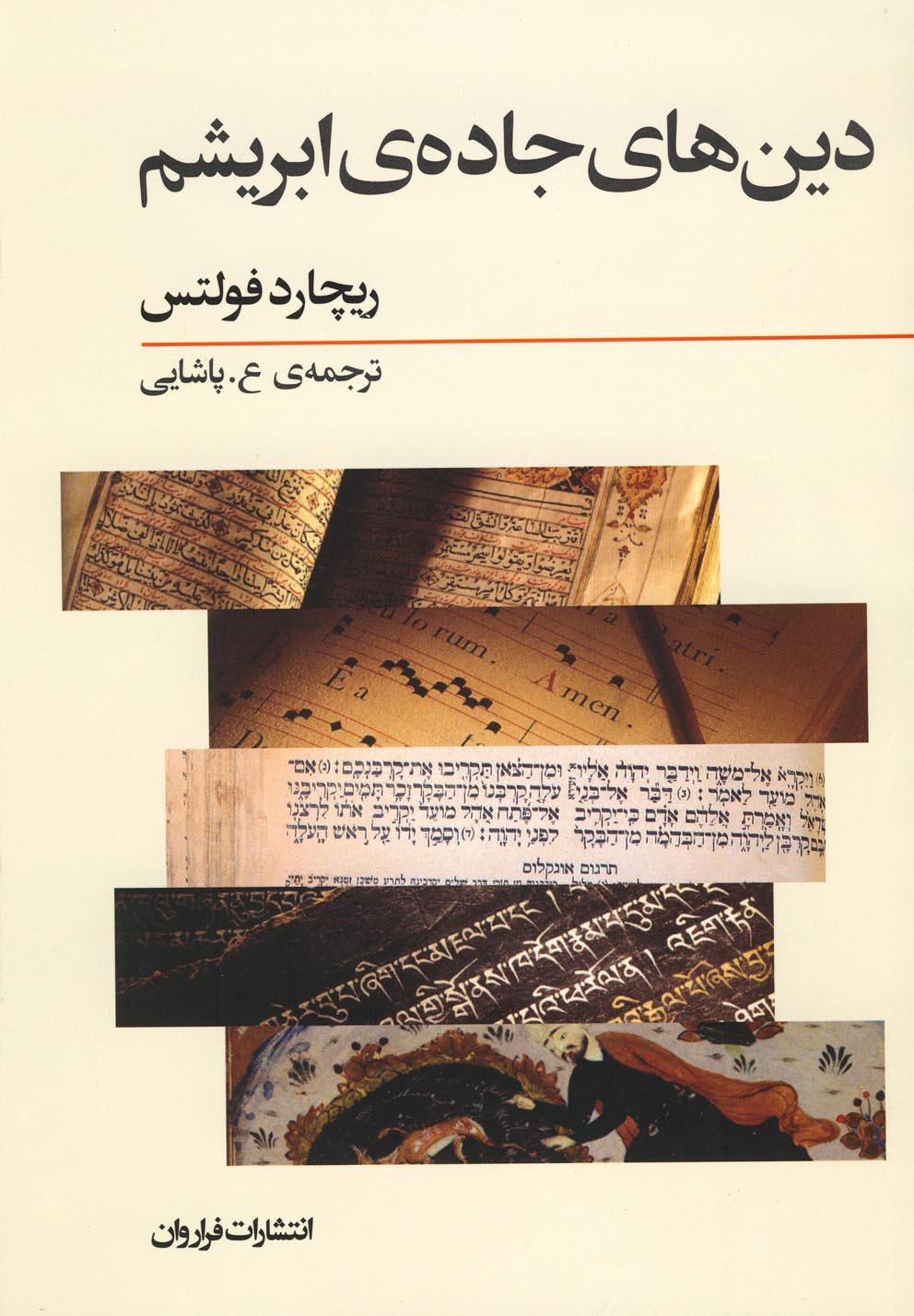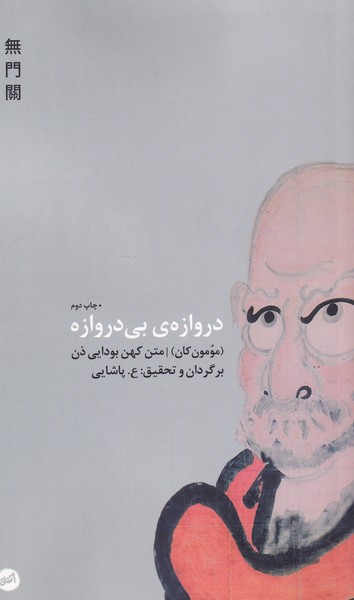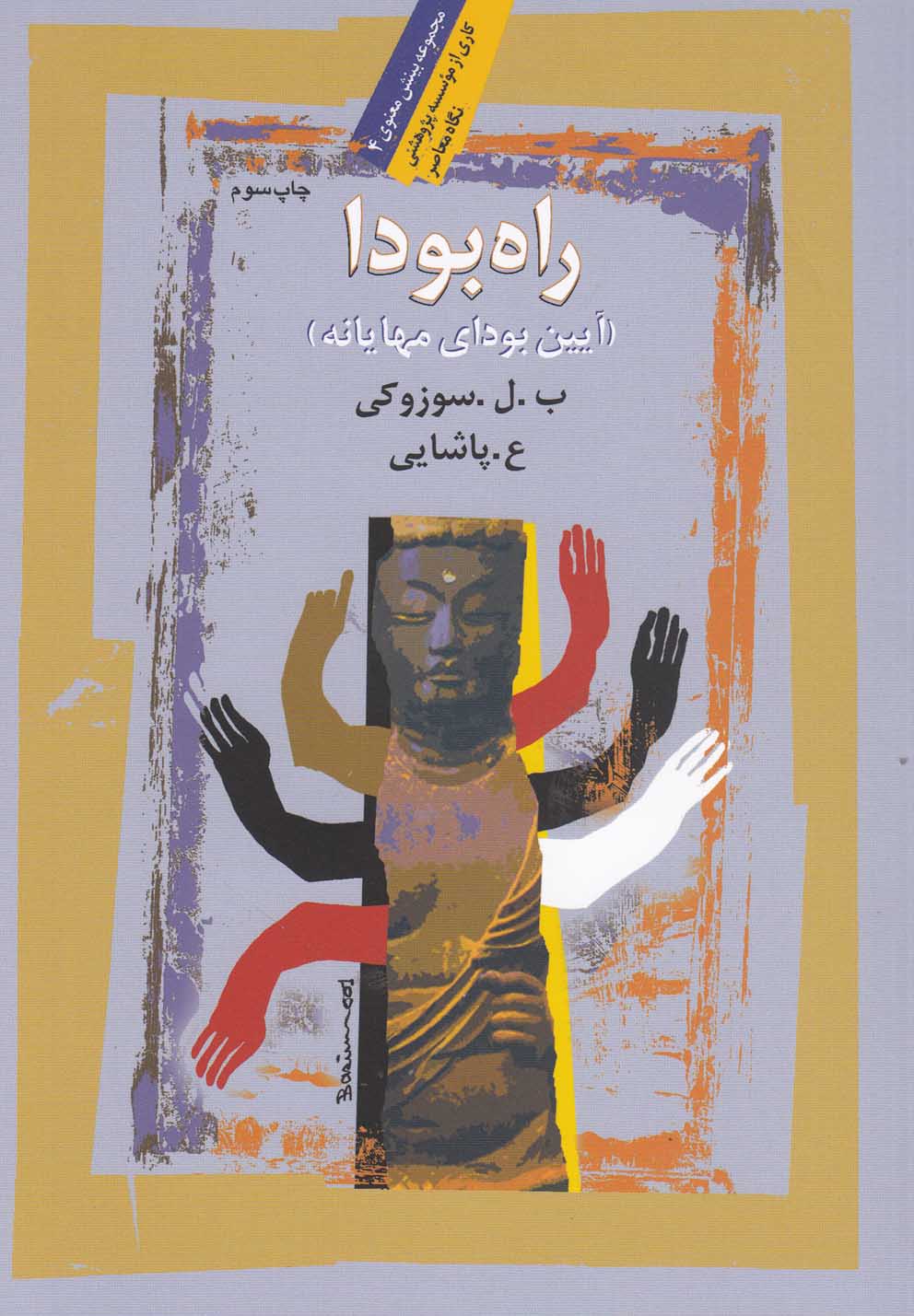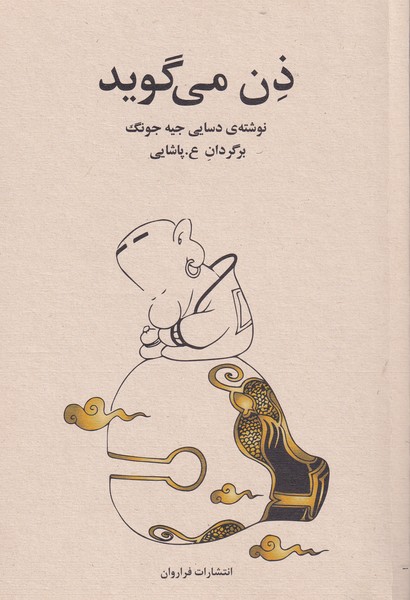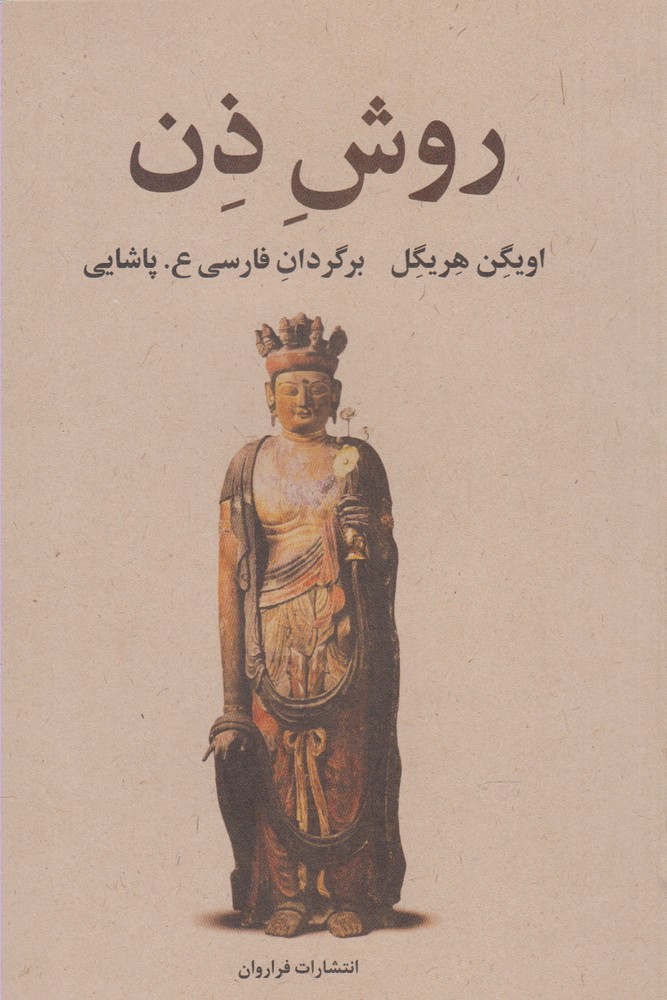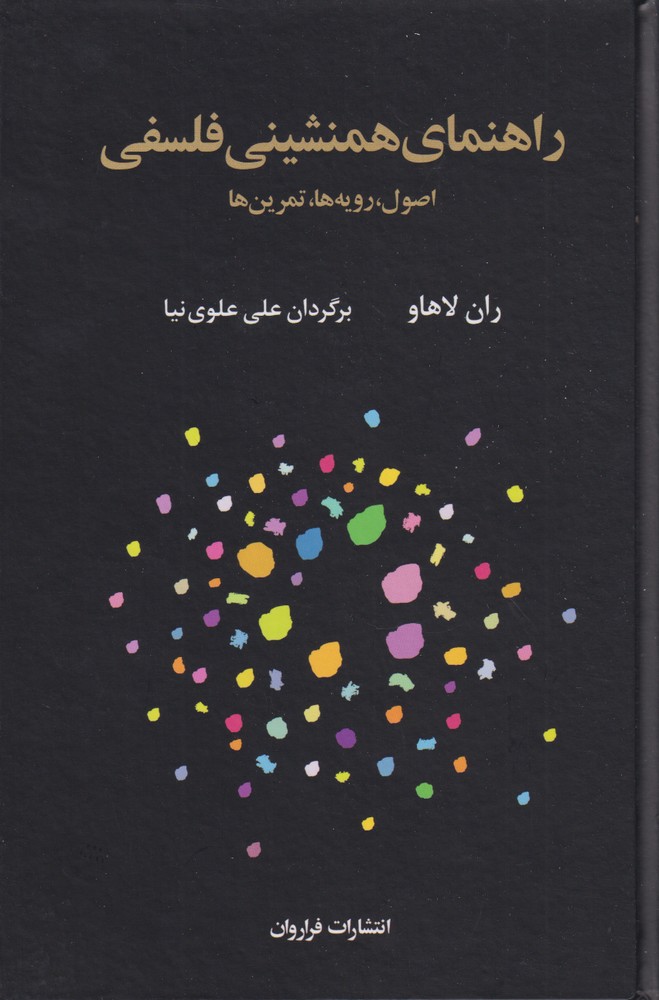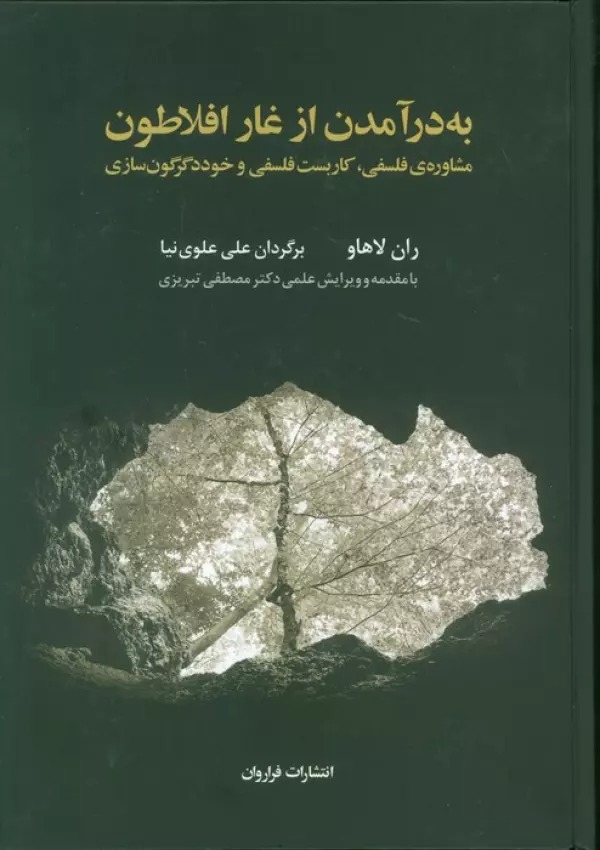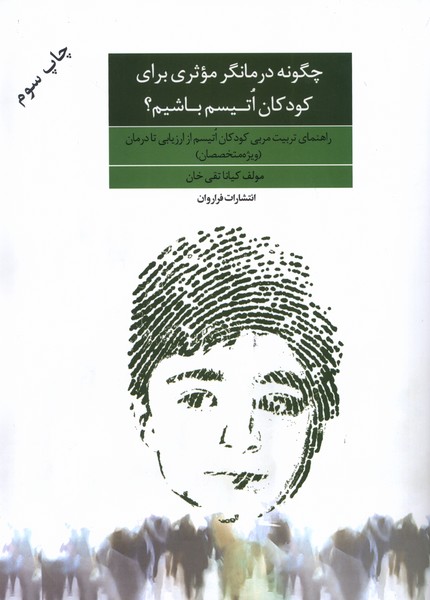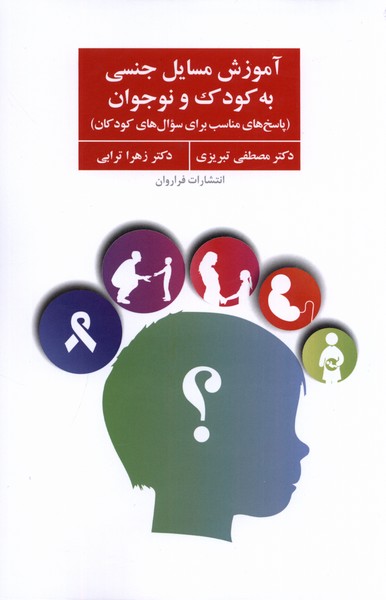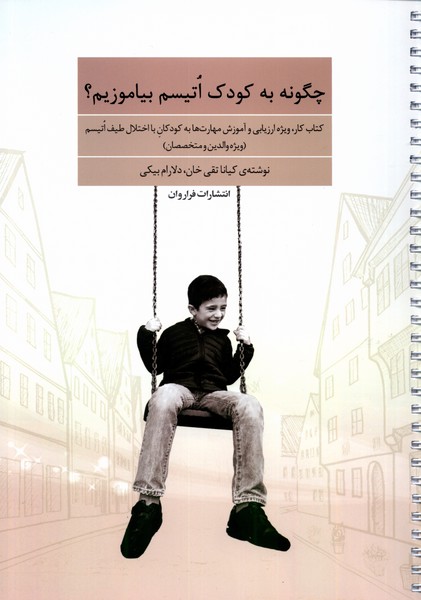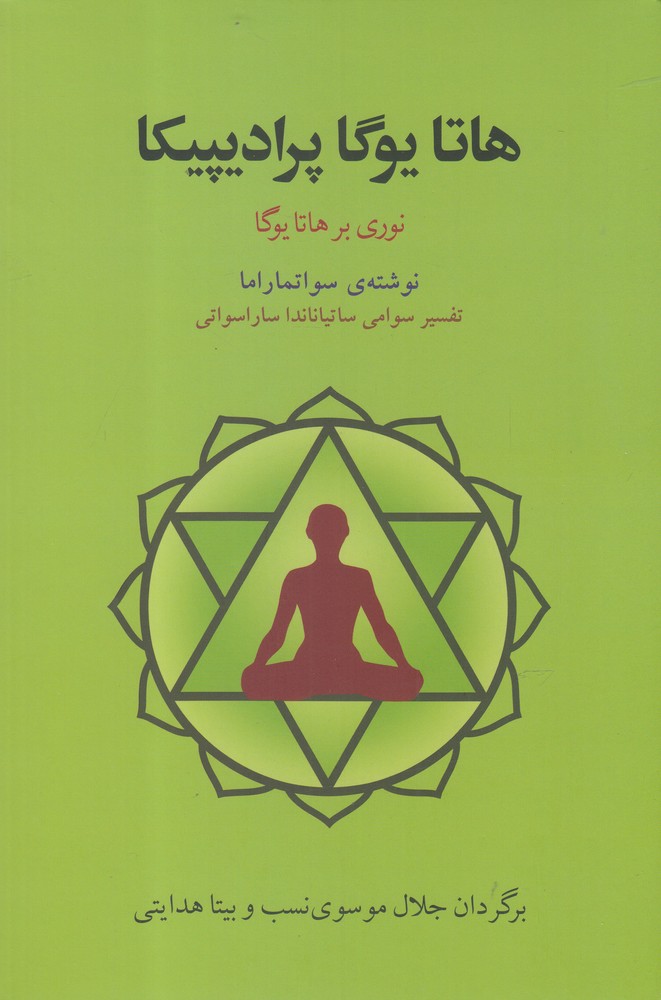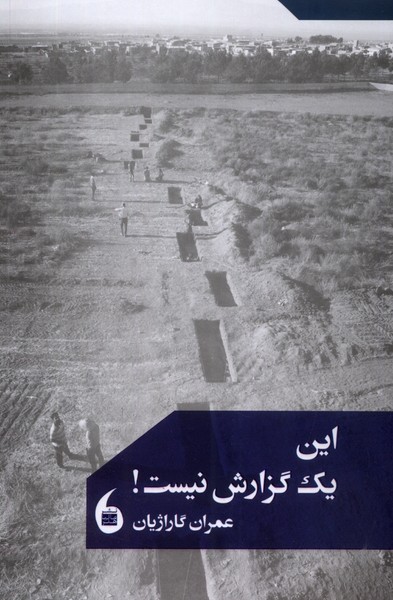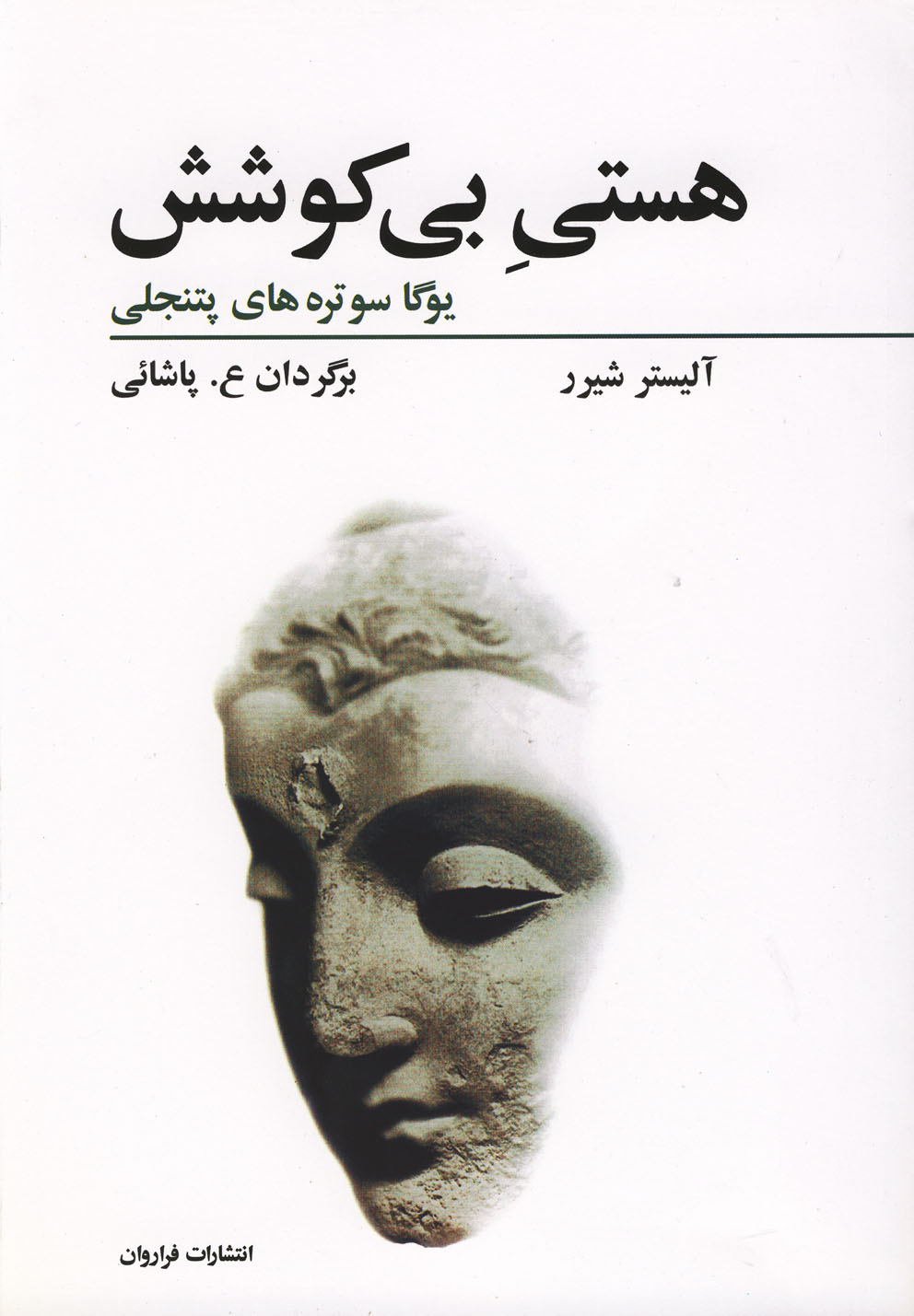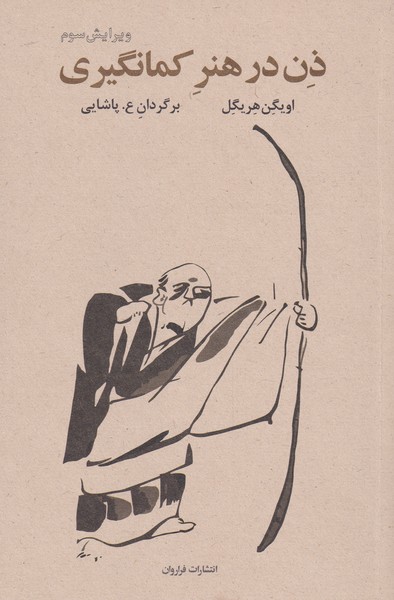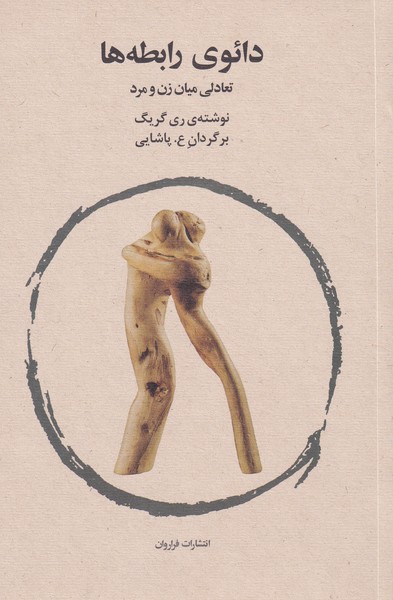Dīn'hā-yi jādah-yi abrīsham: Persiska (Farsi) 1385
دینهای جادهی ابریشم
208 SEK
Dela
Wishlist
This book is dedicated to the description of the geographical extent of the Silk Road and its emphasis on different religions such as Islam and Maoism. "Silk Road" was not one road but many roads. In fact, it was a network of roads that generally went east and west, but branches of it also extended into southern Iran and the steppes of northern Eurasia and south of the Hindu Kush to the Indian subcontinent. It seems that "Rishtofen" was the first person in history to make the caravan routes into the concept of the "Silk Road". The Silk Road was not only a route along which religions went to the East, but this road was also a formative and transforming rite of passage that no religion remains untouched at the end of this journey. For example, Manifestism, which had gone underground in the West [Asia and Rome], emerged as a strong political force in Eastern Turkestan in the 8th century. Then it gradually merges with the formless mass of Chinese folk religion. Nestorian Christianity, which was pushed out of Byzantine territory as a heresy and rejection, goes to the East and takes hundreds of thousands of Eurasian steppe tribes under its influence, and centuries later it appears as a nightmare to the first Chinese Catholic preachers. Islam, which was promoted by the military success of the Arabs, appeared on the Silk Road in the 8th century AD and moved directly and indirectly to the East through trade, just like the religions of the past. At the beginning of the "Tantra" religion around the 5th or 6th century CE, it started as a movement in East India, and in the 8th century CE, Indian leaders such as "Sihe" and "Vajra Bodhi" took this religion to China.
more
این کتاب به شرح گستره ی جغرافیایی جاده ی ابریشم و تاکید آن بر دین های مختلفی نظیر اسلام و مانویت اختصاص دارد. "جاده ی ابریشم" نه یک جاده بلکه جاد ه های بسیاری بود. در واقع شبکه ای از جاده هایی بود که عموما رو به شرق و غرب می رفت، اما شاخه هایی از آن نیز به درون ایران جنوبی و استپ های شمال اوراسیا و به جنوب هندوکش تا شبه قاره ی هند کشیده می شد. گویا "ریشتوفن" اولین کسی در تاریخ بود که راه های بری یا کاروان رو را به صورت مفهوم "جاده ی ابریشم" درآورد. جاده ی ابریشم تنها یک مسیر نبود که در طول آن دین ها به شرق رفته باشند بلکه این جاده هم چون آداب گذر شکل دهنده و دگرگون کننده ای بود که هیچ دینی در پایان این سفر دست نخورده باقی نمی ماند. به عنوان مثال مانویت که در غرب[آسیا و روم] زیرزمینی شده بود، در قرن هشتم به شکل یک نیروی سیاسی قوی در ترکستان شرقی ظاهر می شود. سپس به تدریج با توده ی بی شکل دین عامیانه ی چینی می آمیزد. مسیحت نستوری که به عنوان بدعت و رفض از قلمرو بیزانس رانده شده به شرق می رود و صدهاهزار تن از اقوام استپ ارواسیایی را زیر نفوذ خود می گیرد و قرن ها بعد به شکل کابوس اولین داعیان کاتولیک چین ظاهر می شود. اسلام که به نیروی توفیق نظامی اعراب پیش برده شده بود، در قرن هشتم میلادی در جاده ی ابریشم ظاهر می شود و به صورت مستقیم و غیر مستقیم مثل ادیان گذشته از طریق تجارت به سمت شرق پیش می رود. در آغاز آیین "تنتره" حدود قرن پنجم یا ششم میلادی به شکل جنبشی در هند شرقی آغاز می شود و قرن هشتم میلادی رهروان هندی مثل "سیهه" و "وجره بودی" این آیین را به چین می برند.
more

